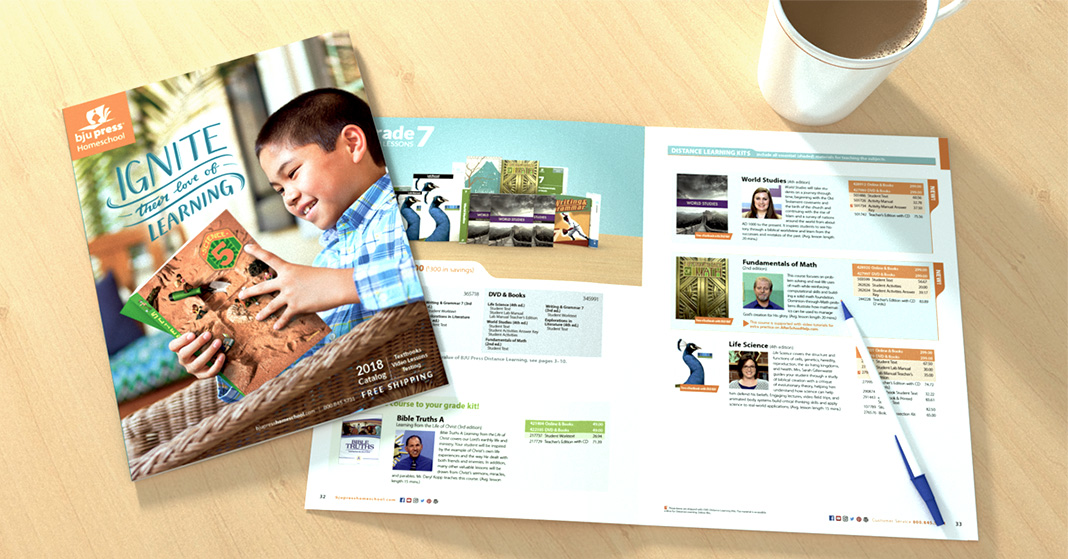
Part of homeschooling is checking up often to see how well your children are learning. One helpful way to see where they are academically is to use standardized achievement testing. Many states require homeschool families to use achievement tests, and they can often feel like an imposition. But they’re also quite helpful for you. These tests are valuable tools that give you a solid grasp of your students’ strengths and weaknesses. And depending on the test, you may get a better feel for how to help your children overcome weaknesses.
The California Achievement Test
The California Achievement Test (CAT) was established in 1986 as a form of standardized testing. The test measures a wide range of skills with subtests in reading, language, spelling, math, and social studies. Even though the spectrum of subjects is broad, the number of questions per subtest is surprisingly few. Having fewer questions means a shorter test, but it also means that each question counts more towards the final score. A weakness in a minor area can skew the overall results.
Another point to consider is that having fewer questions means that this test can only dig so deeply into your children’s development. The CAT gives only a superficial reading of their academic skills. One final point to consider is that, given the age of the test, the questions within each subtest may not match current standards. The questions your children encounter may vary dramatically in terms of difficulty.
The Stanford 10
Another option you might consider is the Stanford 10. Copyrighted in 2003, a collection of private schools re-normed this test in 2018, and today it is formally recognized throughout the United States. Like the CAT, it offers a wide range of subtests. In contrast, the Stanford has more questions and will give you a better understanding of how well your children grasp certain subjects. And unlike the CAT, students do not need to complete each subtest within a preset amount of time. Your students will have more time to think over questions.
However, despite having a recent norm date, it’s not the most recent test available. The standards measured in the Stanford 10 won’t always match today’s standards. While matching today’s standards is not a concern for most homeschool families, if you are using newer teaching materials with an older test, you may receive results that don’t accurately represent your child’s abilities. Additionally, since the 2018 norms came from private school students, it may be more difficult for students to score in higher percentiles. Again, this may not be a concern for you, as many homeschool students perform on the same level as private school students. It’s just something to be aware of when choosing a testing series.
The Iowa Assessments Form E
Finally, you may want to consider choosing the Iowa Assessments™ Form E, which was written in 2012 and standardized in 2017. Form E levels include the same variety of subtests, but they have time limits. This test series uses more current methods to analyze your students’ learning—methods that fit more accurately with today’s best practices and standards for learning. Though they may take more time, the Iowa Assessments better indicate where your children thrive and where they struggle. The content can be much more accessible for your children and give you a better read on their development. It’s also available online, which allows you the flexibility of administering the test at home and not having to worry about finding a qualified test administrator.
To ensure success in your homeschool, you’ll want to have a thorough understanding of how your children are developing. The right assessment can help you ensure you’re giving them the best education possible. Choose a form of testing that will tell you where they are and where they need to be!
• • • • •
Matt recently graduated with an MA in communication studies and currently works as a freelance writer. He attributes the wild variety in his current opportunities to the exploration his parents gave him through the homeschooling experience. He enjoys theater, the gym, and choral music and will rarely say no to a cold glass of sweet tea.



